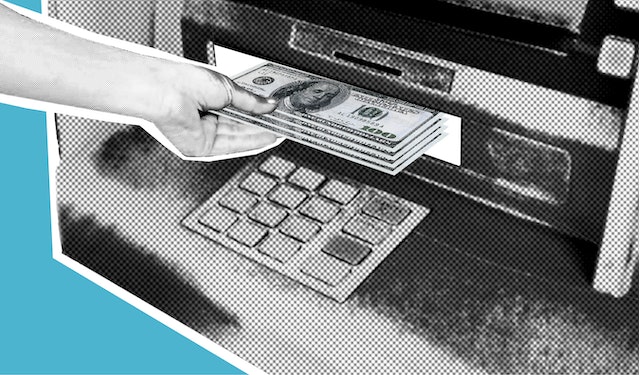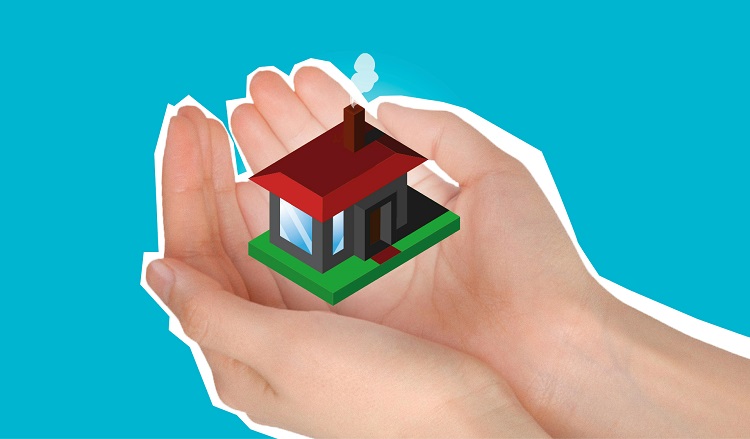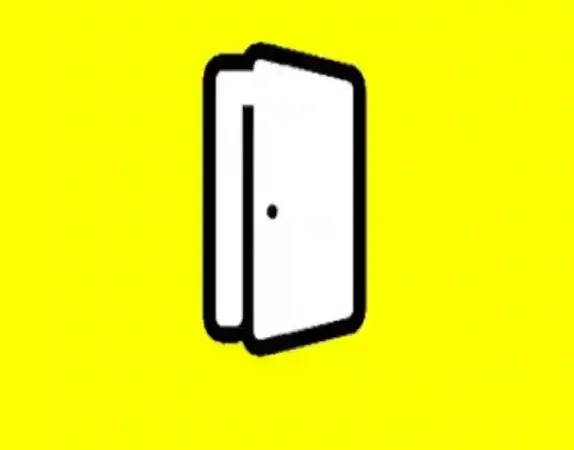3 Ways That You Can Prevent Overdraft

Overdrawing your account can lead to a lot of unpleasant consequences. Your transactions could get canceled, leaving you with missed bill payments, bounced checks and a series of late penalties. You could get hit with non-sufficient fund fees that will multiply the longer you take to bring your balance back up.
Avoid these consequences by avoiding overdraft. These are three ways that you can accomplish this:
1. Overdraft Protection
A common solution for overdrawing your account is to sign up for overdraft protection. This is a feature that banks offer users to allow their transactions to go through, even when their checking accounts don’t have enough.
How does it work? Essentially, you link your checking account to another bank account. When your checking account runs out of money to cover a transaction, the linked account will transfer funds and cover the remainder.
You will have to pay overdraft fees when you utilize overdraft protection — although some banks will not charge overdraft fees. On the bright side, you won’t have to deal with financial consequences like bounced checks, NSF fees and large repayments to the bank.
You should reconsider linking your checking account to a credit card. Any time you transfer funds from a credit card to your checking account, it will be treated as a cash advance. Then you will have to pay cash advance fees along with your overdraft fees. Ideally, you should connect your checking account to a savings account.
2. Emergency Savings
Build yourself an emergency fund. An emergency fund is a personal collection of savings reserved for urgent, unexpected expenses. These expenses could be home repairs, car repairs, vet appointments, medical prescriptions or appliance replacements — any expenses that you need to resolve right away.
An emergency fund can help you pay for these expenses quickly without using any funds from your checking account. You won’t disrupt your regular budget whatsoever. You’ll be able to pay all of your monthly bills as normal.
What if you don’t have enough in your emergency fund? Then, it still isn’t the best idea to pull funds from your checking account to cover the expense — this could impact your ability to cover your essentials for the rest of the month and put your account into overdraft. If you don’t have enough savings, you could turn to a website like CreditFresh and see whether you qualify for a direct deposit loan. If you qualify, then you could apply online. With an approved online loan, you could cover the emergency expense quickly and follow a steady repayment plan later.
3. Alerts
Set up online banking alerts for your checking account to let you know when your balance is getting close to empty. It will give you some warning that you’re at risk of overdrawing the account until you increase the balance. You can respond to the warning by adding more to your account. At the very least, you can be careful when making transactions for a certain amount of time.
If you’re using overdraft protection, you should also add alerts to your linked account. You’ll want to know whether the account you’re using as a backup plan is close to zero as well. An almost-empty account won’t be very helpful for preventing overdraft.
Stop pushing the limits of your checking account and going into overdraft. Follow these simple tips.






